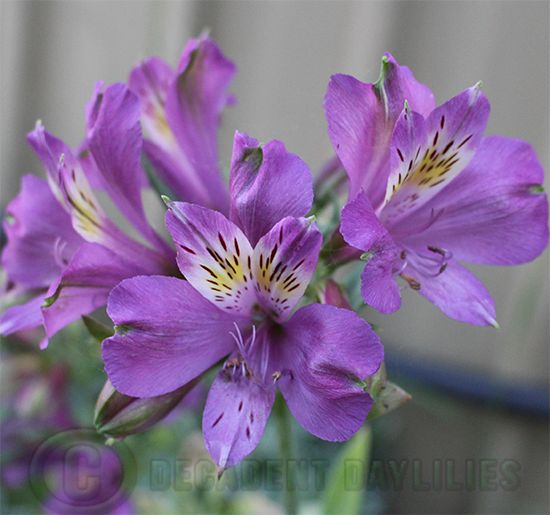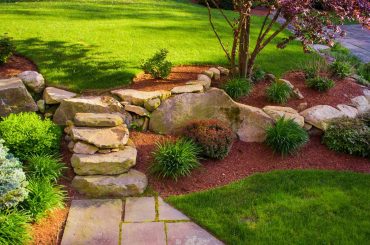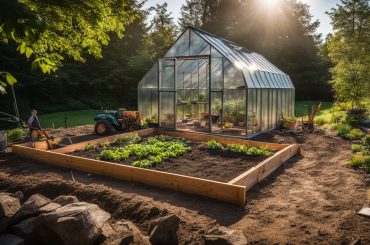Table of Contents
Alstroemerias are pretty-looking tuberous flowers native to South America. The Alstroemeria are perennial planting beds that produce leafy stems every spring season. The flowers bloom during summer and autumn. These planting beds wither during winter and fall.
This explains the growth spurt of Alstromeria flowering beds. The planting beds can live for a number of years if you care for them and nurture them during the initial stages of their growth or development.
As the perennials originate from South America, the flowers are also known as the ‘Peruvian Lilies’. The flowers come to you in a stunning range of hues. The florets can, therefore, add a great visual effect to your gardens or outdoor spaces of the properties you reside in. The lily-like flowers sit atop leafy stems, and the flowering season starts in early summer and stays until late autumn. The planting beds grow at a height ranging from 15 cm to 100 cm.
Let us discover Alstroemeria care and growing tips in depth!
Plant Care Tips for Alstroemeria
As a first-timer, you may be wondering how and where to plant these flowering beds. You then require Alstroemeria care tips for their ongoing growth and maintenance. Let us discuss each of them into easy-to-remember pointers:
1. Discover Where to Plant Alstroemeria Flowering Beds
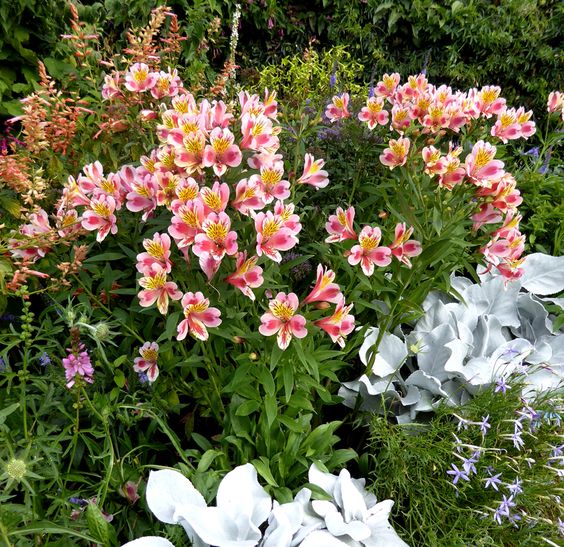
These planting beds can be grown in borders or containers. While you opt to plant them across borders, you must choose a sunny spot in your gardens. This is because Alstroemerias prefer warm, sunny and sheltered spots that can promote their growth. Although they can grow in shady zones, the flowers bloom their best in the sun.
When you want to plant these beds into containers, you must choose spacious ones with a good mix of compost and free-draining soil. You must avoid exposing these plant beds to colder or windy locations.
2. Type of Soil that Is Needed for Their Growth
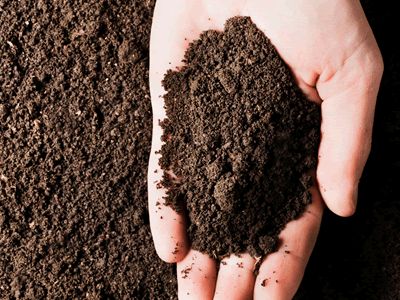
You require a type of soil that is lean and free draining. You must avoid a heavy variety like that of clayey soil. This is because heavier soil is more prone to water logging. Exposing Alstroemeria plants to water-clogged soil can dampen their roots. You can choose a rich form of soil, and you can add plenty of organic matter to the soil mix. These include garden compost or well-rotted manure you gather from the peels of your vegetables or fruits.
3. When to Plant Alstroemerias?
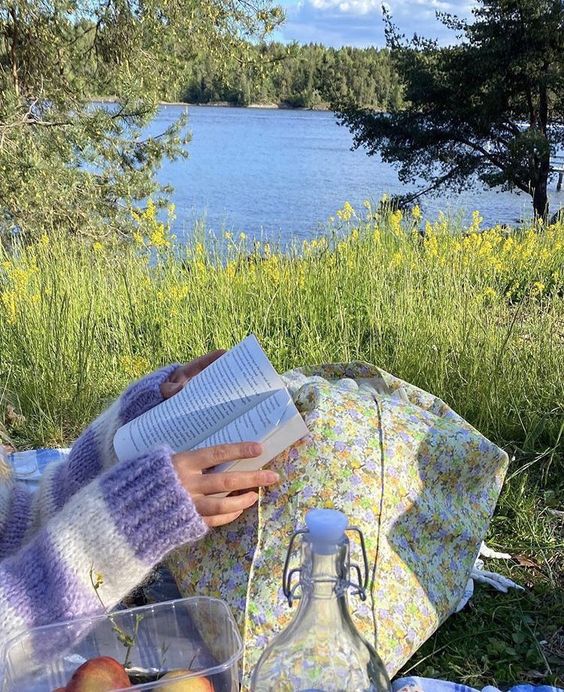
You can try planting Alstroemeria plants during the spring or autumn season. The soil can be relatively damp or wet during this point in time. Therefore, when you plant them before the onset of spring or autumn, the roots of these flowering beds can establish pretty quickly. If you buy Alstroemerias during the summer season, you can plant them straight away. But remember to water the planting beds throughout the summer months so that they do not dry up.
4. Establishing a Watering Routine
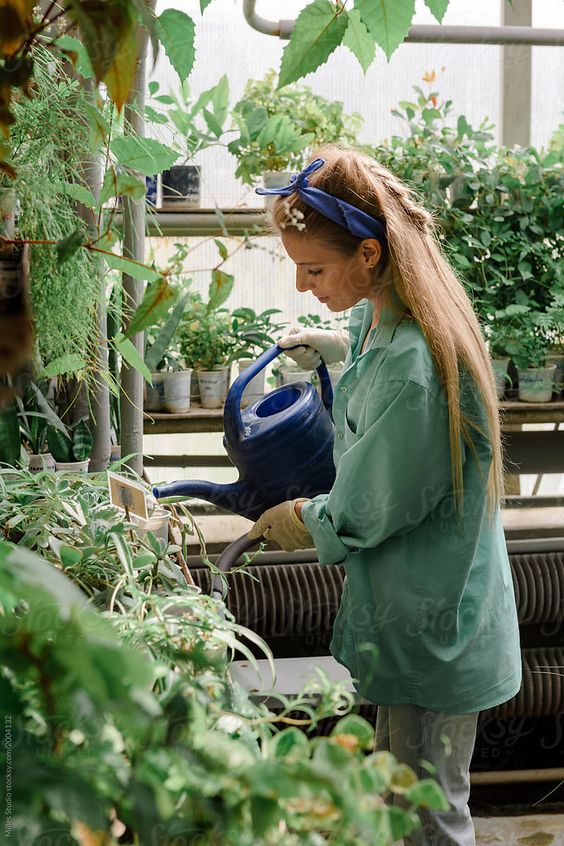
You must water these plants regularly so that the flowering beds do not dry up. Hence, watering the plants frequently helps the shoots or flowers to develop in a robust manner. The plant beds need regular watering during summers or dry spells indeed. When you plant Alstroemerias in containers, make sure you water them regularly throughout the growing season. This is mainly because the compost can dry up if you fail to water the plants periodically, especially during summer. You must establish a routine to water these plants well.
5. Discover Tips for Feeding
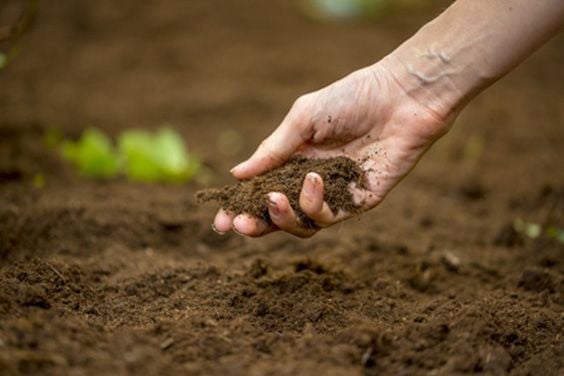
In order to encourage their continued growth and flowering, you can add fertilizers that are rich in potassium. You can add organic manure like tomato peels. This Alstroemeria care routine can be continued throughout the growing season. It is advisable to keep adding organic compost when you plant flowering beds inside containers. The container pots have lesser access to nutrients as against planting beds that are done on the border soil.
6. Discover the Know-How to Support Taller Plants
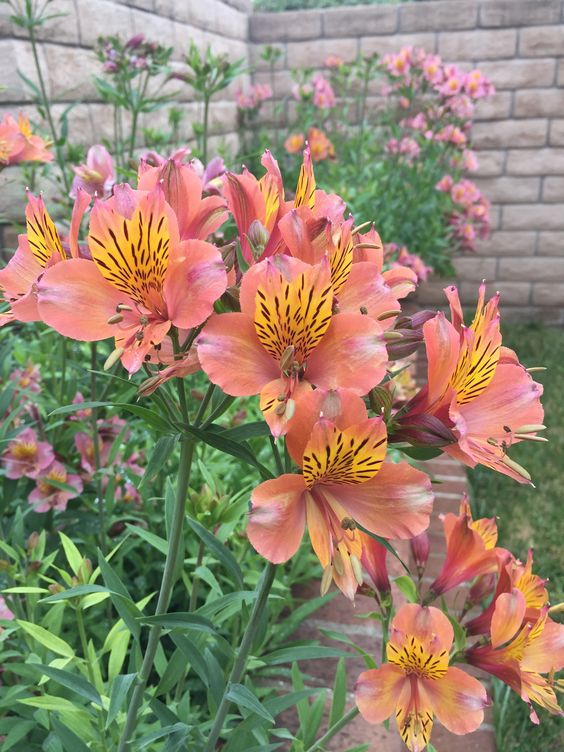
It is always better to support Alstroemeria plants as they grow taller. You can use sticks or stakes to help the growing stalks support themselves. When you support taller growing plants, their flower-laden stems will not break when the weather is windy. Compact planting beds can be supported with twigs or shorter sticks.
7. Tips for Harvesting the Flowers
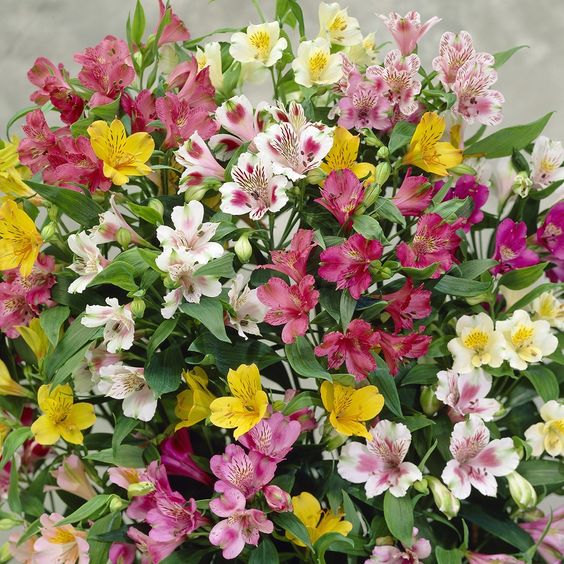
You can harvest cut flowers of the Alstroemerias. The flowers can be kept fresh for weeks in a row when you place them into your flower vases. Let us discover Alstroemeria care tips while harvesting the flowers:
To harvest flowers, grasp the stem in a gentle manner. Using a low-down position, you may have to pull the stem upwards. The process enhances the growth of stems by stimulating the growth of buds. This way, you can help the planting beds bloom more flowers. You can then trim the picked stems to their required length.
When you plant these flowering beds in early summer, you can have the flower stalks cut instead of being pulled. This way, the plants can stay deep-rooted to the ground.
8. Explore the Process Know-How of Deadheading
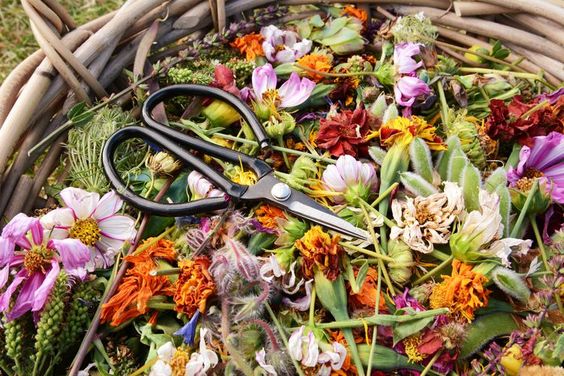
When you notice that all the flowers in a cluster have faded away, then you may have to remove the whole stem using a gentle tug. You must apply the same technique you used while plucking out the stems. By doing so, further flower stems can sprout, and the plant looks healthy. The plant does not resort to over-seeding with the growth of excessive layers of flowers.
9. Plant Care Tips During the Winter Season
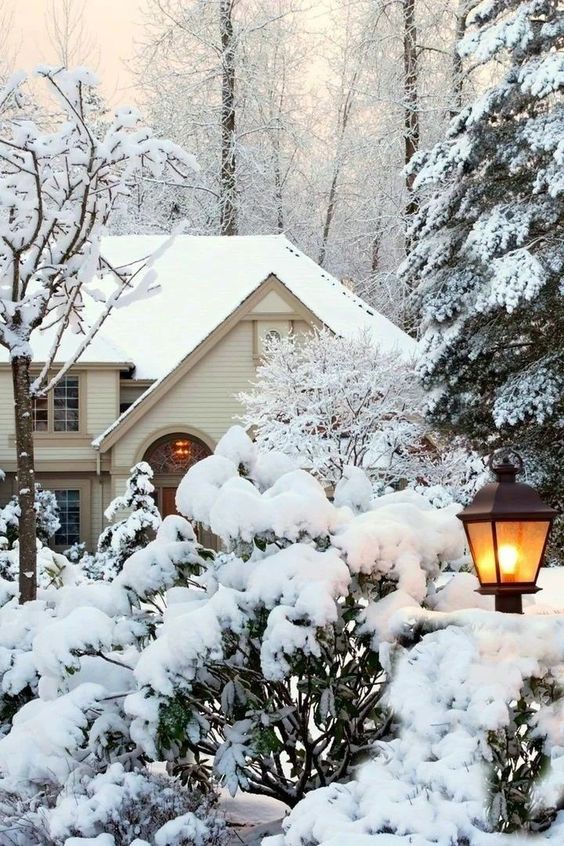
The Alstroemerias are quite sturdy once their roots are well established. In other words, they are deep-rooted to the ground. Therefore, well-established planting beds can survive outdoor winter conditions indeed. However, during the initial years of their growth, you must apply a thick layer of mulch to the autumn soil. The process of mulching helps insulate the roots. Composted bark is an ideal variety of mulch you can choose for Alstroemeria plants. You can dig the soil about 20 cm or 8 inches deep before you add the mulch.
10. Care Tips for Alstroemerias Planted in Containers
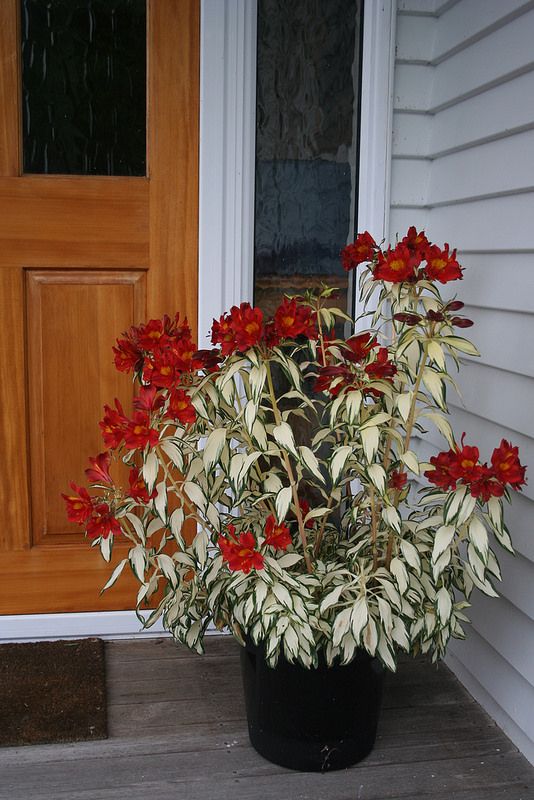
You can move the container plants to a more sheltered location in your home. This is because the roots of Alstroemeria plants are exposed more in containers as compared to planting beds done on the ground. You can bring the plants indoors as the plants in containers can get exposed to excessive snowfall or winter rainfall. Excessive water clogging can cause the roots of the planting beds to rot or dampen. You can transfer Alstroemeria plant containers to cooler porches. A sheltered greenhouse would also protect the plants from overwintering locations.
11. How do You Care for Older Plants?
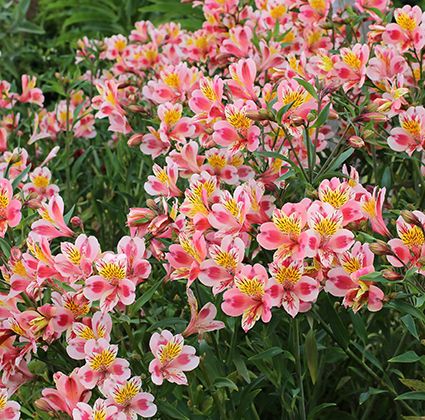
When you grow Alstroemeria flowers inside containers, then you may have to get them re-potted every year. In other words, you place the flowering plants inside containers that are larger than the previously used ones. At the same time, when you grow the flowering beds near the borders, they grow as clusters. The established clamps can be divided every few years in order to help the flowering plants grow more vigorously. The flowers can grow strongly too.
12. These Plants Need a Little Bit of Pruning
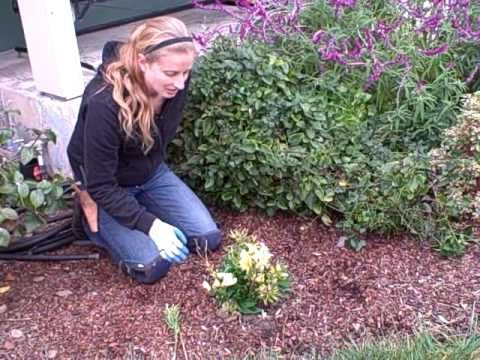
Alstroemerias need a little bit of pruning to help them grow well. You can keep cutting the spent roots of these planting beds during their growing season. The stems have to be cut out near their base. The process of trimming or pruning encourages the plants to grow better. You can then remove old stems before the onset of the spring season. The process encourages new shoots to bloom from the plant beds.
13. Removal of Alstroemeria from a Pot
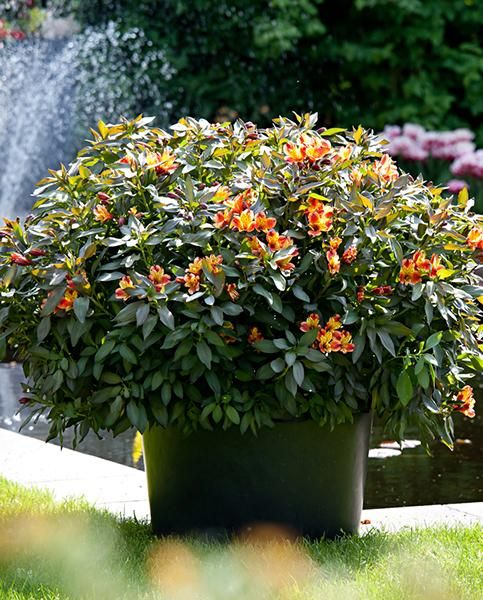
When you want to do a re-potting of your Alstroemeria plants, you must water the soil for a few hours before taking the plant out of the pots or containers. When you apply enough water, you can see it coming out through the drainage hole of the pot. This process will help the soil to stay intact when you remove the plant from the pot. Therefore, while you remove the Alstromeria plant from an existing flower pot or container, then the soil remains intact even while the removal of the planting bed is done. In a nutshell, the roots and soil of the plant remain intact during the removal process.
14. Re-Potting Fresh Alstroemeria Plant Beds Into Bigger Containers or Pots
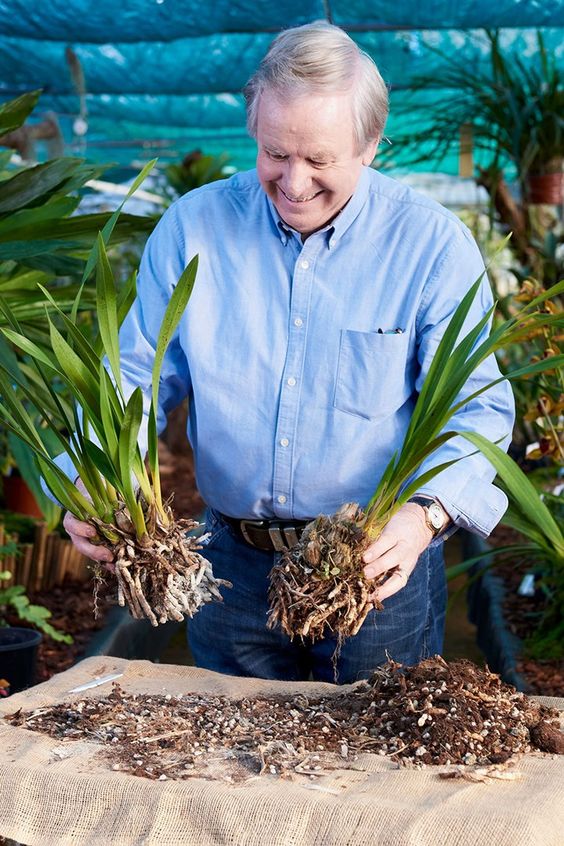
You may have to spread out the roots into a new pot or container you plan re-potting them in. You have to carefully pack the soil around the plant and add one inch of water into the pot. Post-re-potting, make sure you water the plants regularly, once every two or three days. Frequent watering helps the re-potted Alstroemeria plants get used to the new pot or container in which they have been re-potted in. Once the roots of the plant get a little more established, then you can water the plants less frequently. It takes about 3-4 weeks for the re-potted plants to get adjusted to the new environment.
15. Explore the Process of Propagation
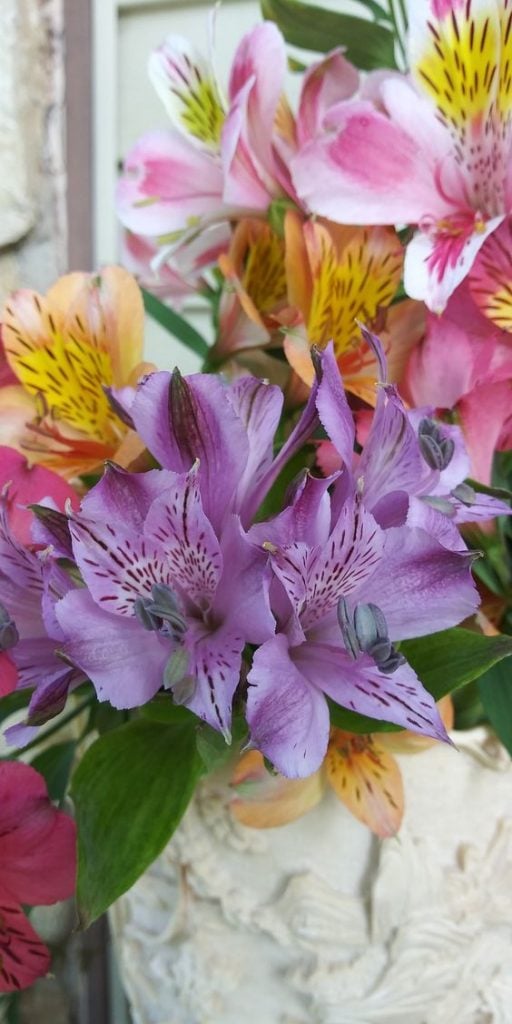
You can follow two methods while propagating Alstroemeria plants. The methods are as follows:
You can directly plant the seeds, or you can dig up the bulbs and divide the rhizomes (first-grown shoots). To carry out this method successfully, you may have to cut the plant at least 6 inches above the ground. It must be done 10 days before you plan to retrieve the flowering bulbs. While you dig the bulbs out from the ground, you must make sure that you pull out all the roots and other growth points of the planting beds.
16. Replanting the Bulbs Into Pots or Across Borders
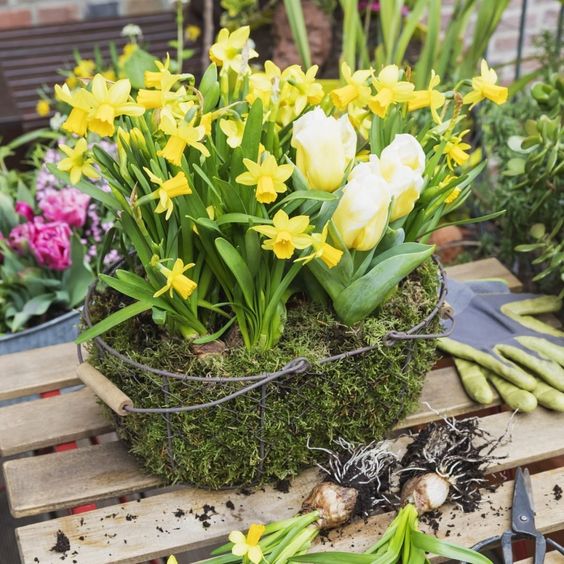
You can aim to have the bulbs replanted into pots. You may have to place the flowering bulbs six inches down into the pots. When you re-plant the flowering bulbs across outdoor spaces or on borders, you can leave 12-18 inches to place every bulb on the ground. This process is named propagation. Wait until 12-15 weeks from the time of propagation to find new Alstroemeria flowers that grow from the shoots. The flowering process continues for 2-4 years at a stretch.
17. Growth of Plants Through Seeds
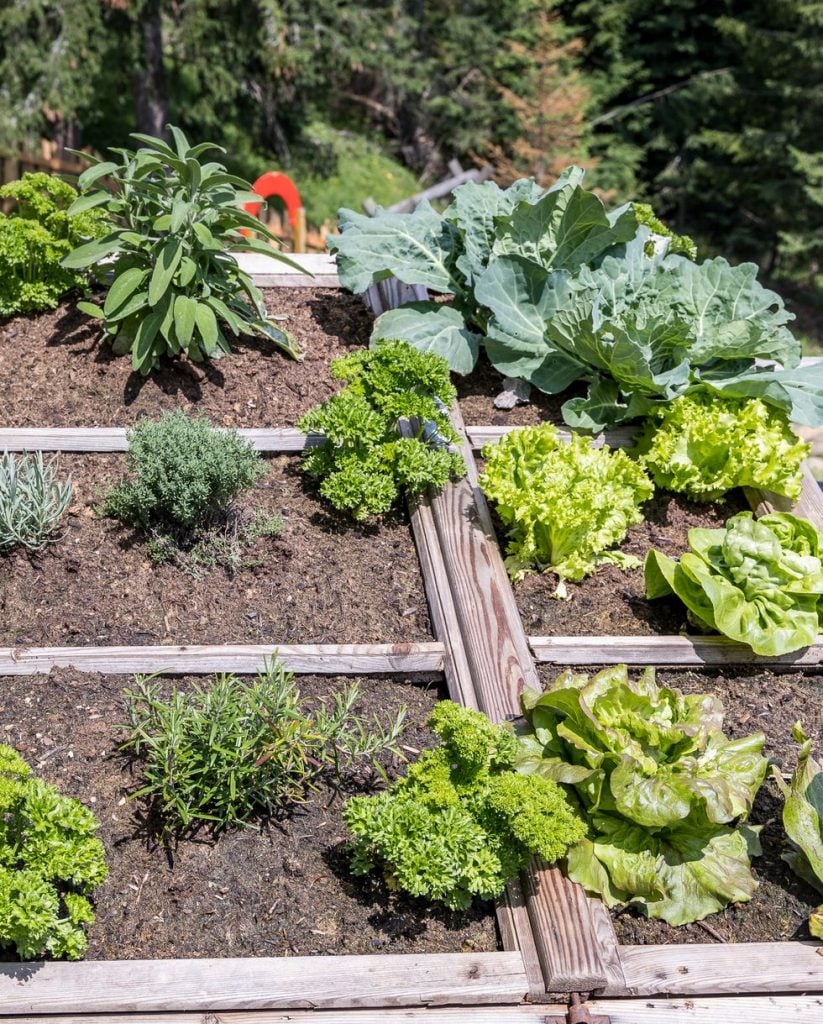
It can be a tricky process to grow Alstroemeria plants through seeds.
These Are Guidelines on How the Seeding Process Can Be Carried Out:
- The autumn season is the best weather for you to sow the seeds.
- You can collect the pods from the plants as they turn brown. You can keep the pods in a sealed paper cover. As the pods explode, seeds are thrown out. You must have the seeds sown immediately.
- When you sow the seeds inside pots, you must utilize a peat-free seed compost indeed. Apply the compose at least 3 inches (8 cm) into the pots and cover the seeds with a thin layer of vermiculite. You can then place a thin sling bag over the pots in order to maintain humidity.
- Post-seeding, you must place the Alstroemeria pots indoors at a temperature of 20 degrees Celsius or 68 degrees Fahrenheit for at least three weeks in a row.
- You can then place the sown seedlings into a cold greenhouse that maintains a temperature of 5 degrees Celsius (40 degrees Fahrenheit) for the next three weeks.
- Post three weeks in cold storage, and the seeded plants can be brought back indoors that have a temperature of 20 degrees Celsius or 68 degrees Fahrenheit.
- You must understand the fact that the germination process can be erratic. That is why the positions of the seeded plants are changed from time to time.
- As the roots can be fragile, it is advisable that you do not separate the seedlings from their clamps. This is while you keep potting in or planting out. The planting beds can flower for 2-4 years when you apply these guidelines to the seeding process in a systematic manner.
Final Thoughts for You
Alstroemeria plants are drought-tolerant and sturdy plants when you take care of them in a nice way. The planting beds must be taken care of during the initial years of their growth until their roots are well-established. Cut flowers can be placed into pretty-looking flower vases and can remain fresh for weeks to come. You can adorn your homes as the flowers add ornamental value to beautify your living spaces.
You can also create a beautiful bouquet of cut flowers of Alstroemerias. The bouquets can be given away as gifts to your friends or relatives who are just about to get married.
You can give away a bunch of flowers to your colleagues, congratulating him/her on their newly awarded promotion. The flowering beds can look vibrant inside your gardens too. These are flowering perennials that have utility value as garden areas and have ornamental uses too.

